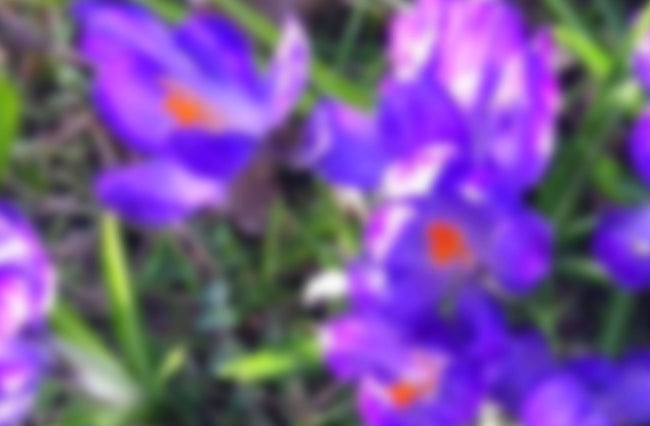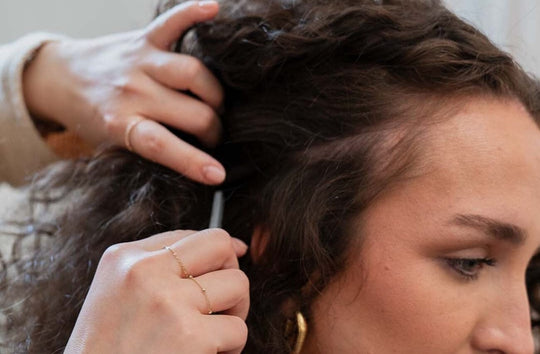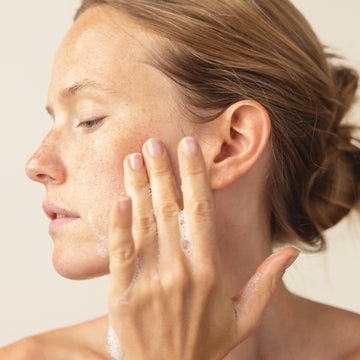Spring Fever: How To Ditch The Itch

Along with warm days and blooming flowers, spring brings a host of aggravating symptoms to nearly 8 percent of Americans who suffer from hay fever. In addition to watery eyes, sneezing, congestion and coughing, allergic rhinitis (the fancy word for hay fever) can cause skin to become itchy and irritated.
How does pollen affect your skin?
When hay fever sufferers come into contact with pollen released by trees, plants and flowers – either by breathing them in or through direct contact with the skin – their immune system releases histamines to get rid of the offending allergens. The histamines cause blood vessels to dilate and inflammation to occur in the areas affected by the pollen.
This can cause the skin to become dry and itchy, and in extreme cases it can cause a rash or even hives (raised red patches that look like welts). And while hay fever doesn’t cause eczema (dry, itchy patches of skin that sometimes crack and ooze), it can certainly exacerbate it.
What can you do to reduce skin irritation caused by hay fever?
These simple general steps can help relieve the discomfort of itchy spring skin:
- Stick to cotton clothes. Cashmere or wool clothing mixed with sweat and dust can be very irritating to the skin.
- If you have itchy, red, or dehydrated skin use the following serums Biologique Recherché Extraits Tissulaires, Colostrum and Dr. Sturm Calming Serum on face then apply Meder Hydra-fill Hydrating Sheet mask and use Biologique Recherché Cryosticks as a cooling agent to seal the products into the skin.
- Make sure to use a gentle cleanser like Meder’s Gel-net Apax or Biologique Recherché Micellaire Water. You can also use luke warm water and wash your face with facial wash cloths. Avoid using water that is too hot (both for your face and when showering), as it can dry out the skin and make it more prone to irritation.
- Homemade oatmeal masks can be very soothing for irritated skin: ground oatmeal/flax seeds and mix in a few drops of vitamin E to create a paste. Apply and leave on for 20 min.



